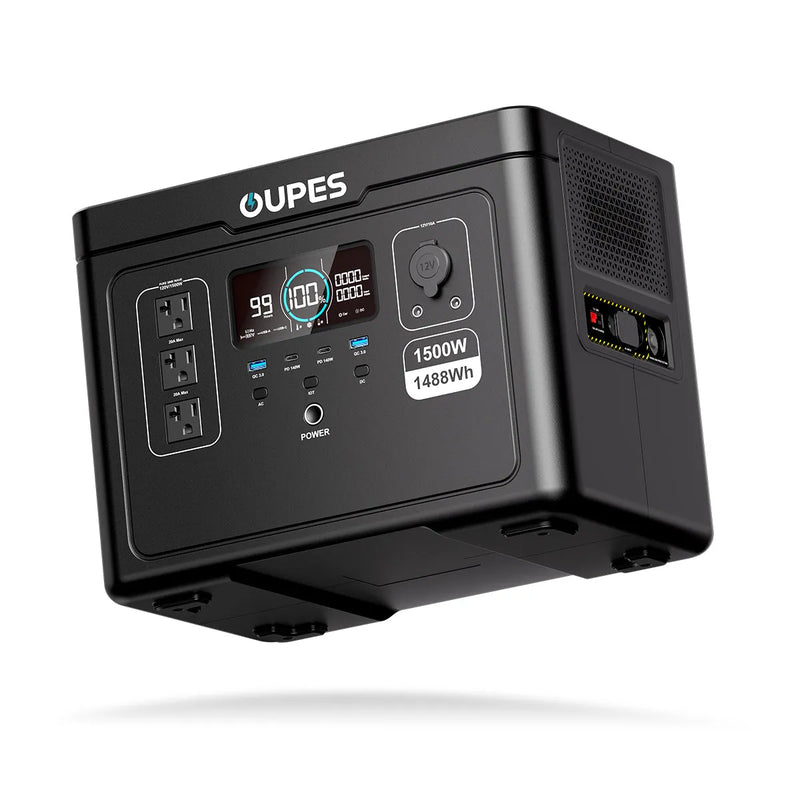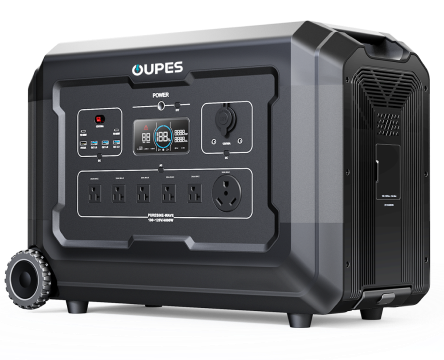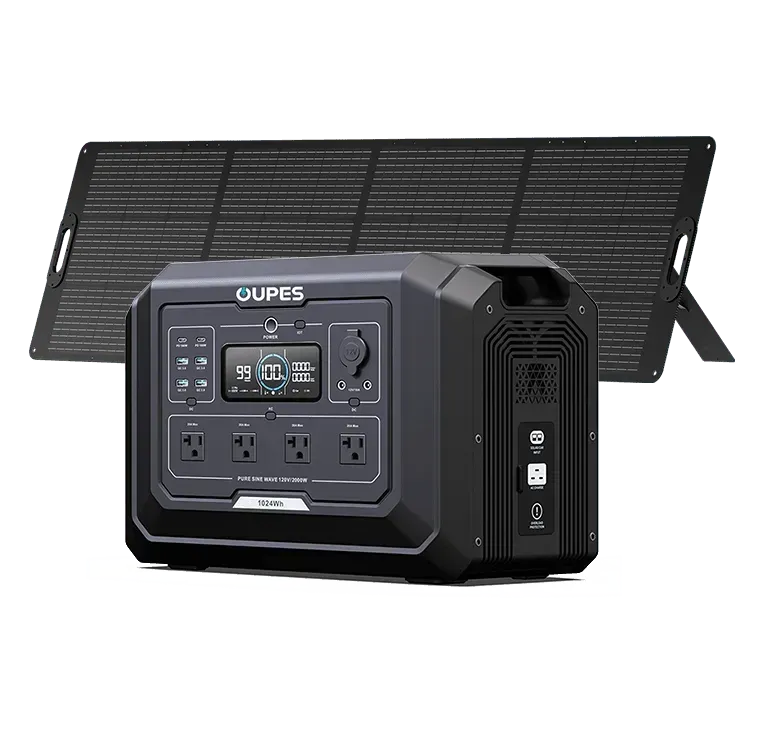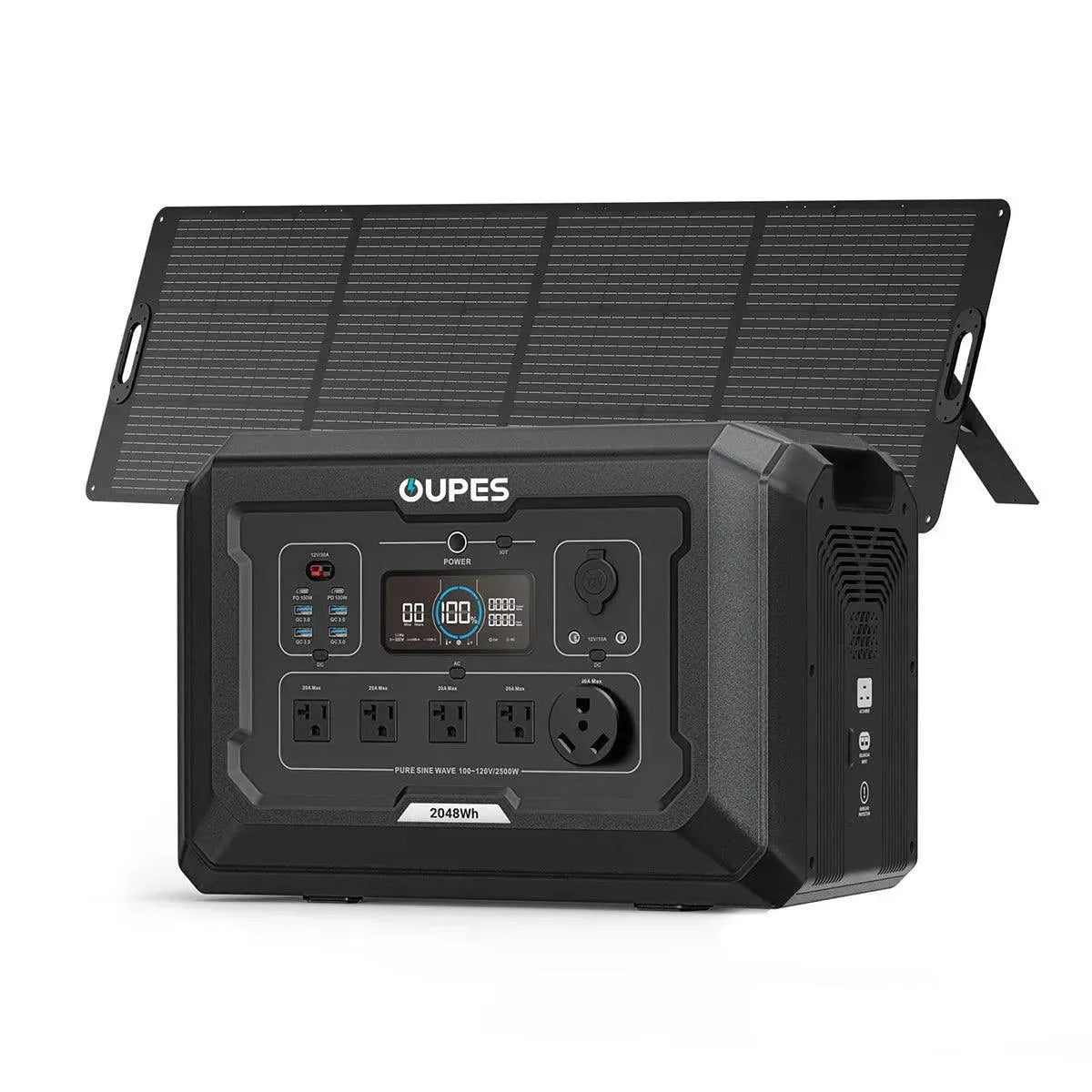
Imagine your dream cabin nestled in mountain wilderness—no power lines for miles, just pure silence and star-filled nights. But when darkness falls, how do you keep the lights on without sacrificing serenity? Off-grid power isn't about compromise; it's about harnessing nature's rhythms to create self-sustaining energy ecosystems. From solar panels drinking sunlight to micro-hydro turbines spinning in creek currents, the optimal solution blends cutting-edge technology with ancient elemental forces. Let's explore how modern pioneers achieve true energy independence beyond the reach of civilization.
Solar Energy: The Accessible Powerhouse
Photovoltaic panels dominate off-grid installations for compelling reasons: abundant fuel (sunlight), silent operation, and plummeting costs—down 90% since 2010. Modern monocrystalline panels achieve 22-25% efficiency, converting precious mountain meadow or desert sunlight into usable electricity. But raw panels alone are insufficient. Strategic design includes panel orientation—south-facing at latitude tilt in the Northern Hemisphere—and bypass diodes to prevent shade from single trees crippling entire arrays. For winter resilience, ground-mounted systems with adjustable angles outperform fixed roof installations when snow blankets landscapes.
Real-world performance hinges on location intelligence. Arizona installations yield 1.8kWh daily per kW of panels, while Maine systems drop to 1.1kWh. Seasonal variations demand oversized arrays: A Vermont cabin needing 10kWh daily in summer requires 15kW panels to meet December's reduced sun. Charge controllers regulate this harvest—MPPT (Maximum Power Point Tracking) versions squeeze 30% more energy from panels than basic PWM models, critical during cloudy periods. For remote cabins, bifacial panels capturing reflected ground light boost output by 15% when mounted over snow or light-colored surfaces.
Maintenance separates functional systems from failures. Dust accumulation slashes output 25% in arid regions, necessitating monthly cleaning. Critter guards prevent squirrels from chewing $2,000 wiring harnesses. Corrosion-resistant racking preserves structural integrity in coastal salt spray. Smart monitoring like OUPES SolarTrack detects anomalies—a single underperforming panel triggers alerts before it cascades into system failure. These precautions transform solar from theoretical potential to reliable bedrock energy.
Wind Turbines: The Kinetic Harvesters
Where consistent winds blow—coastal cliffs, mountain ridges, great plains—wind turbines complement solar beautifully. Modern vertical-axis turbines (VAWTs) operate in turbulent winds from any direction, while horizontal-axis (HAWTs) excel in steady breezes. A properly sited 5kW turbine can generate 600kWh monthly in Class 4 wind zones (14 mph average), powering entire homesteads. But wind demands rigorous assessment: Anemometer data collection for 3-6 months prevents costly miscalculations. Trees grow, and a single new obstruction can reduce output 40%.
Tower height dictates viability. Doubling elevation from 30ft to 60ft typically triples energy harvest due to reduced ground turbulence. Guyed lattice towers offer affordable height but require substantial land clearance. Self-supporting monopoles suit compact properties but cost 50% more. Safety features are non-negotiable: Automatic brakes engage at 55mph to prevent overspeed destruction, while lightning diverters channel strikes away from electronics. Battery banks need robust surge protection—wind's variable output causes voltage spikes that fry inverters without proper conditioning.
Hybrid controllers manage the solar-wind marriage. During windy nights, turbines recharge batteries while solar rests. Smart systems prioritize charging sources: If batteries dip below 50%, wind takes precedence even during daylight. Noise considerations are critical—downwind turbines create audible swooshes at 45dB (library whisper levels), while upwind designs remain quieter. For wildlife-conscious owners, blade painting reduces bird strikes by 70%. When maintained with annual bearing inspections and bi-monthly bolt torque checks, wind systems deliver 20+ years of service.
Battery Banks: The Resilience Core
Energy storage transforms intermittent sources into 24/7 power. Lithium iron phosphate (LFP) batteries like OUPES Mega dominate modern off-grid systems for unmatched cycle life (6,000+ cycles) and 95% usable capacity. A 20kWh bank powers typical cabins for 2-3 sunless days, while lead-acid alternatives require double the physical space for equivalent usable energy. Temperature resilience is paramount—LFP chemistry maintains -4°F to 140°F operation, crucial for unheated sheds or desert installations.
Proper sizing prevents catastrophic failures. The formula: Daily kWh usage × Days of autonomy × 1.25 (inefficiency factor) ÷ DoD = Total bank size. For a 15kWh/day load wanting 3-day coverage at 95% DoD: 15 × 3 × 1.25 ÷ 0.95 = 59kWh. Real-world derating includes elevation effects—batteries lose 3% capacity per 1,000ft above sea level—and aging (LFP degrades 2-3% annually). Configuration matters: 48V systems reduce current vs 12V setups, allowing thinner cables and lower losses. Always include at least 20% expansion capacity for future needs.
Battery management systems (BMS) serve as the neurological center. Advanced units like OUPES SmartBMS prevent cell imbalance—a 0.1V differential between cells can cause 30% capacity loss. Temperature-controlled heating pads activate below 32°F, while active cooling fans engage at 95°F. State-of-Charge (SoC) calibration prevents "digital darkness"—when gauges show 20% charge despite actual depletion. With monthly capacity tests and annual equalization charges, premium banks last beyond their 10-year warranties.
Micro-Hydro: The Hidden Torrent
For properties with year-round flowing water, micro-hydro delivers unmatched consistency—operating 24/7 regardless of weather. A small creek dropping 10 feet with 100 gallons/minute flow generates 500W continuously—12kWh daily. Unlike solar/wind, hydro produces more in winter when streams swell, perfectly countering seasonal shortages. Pelton wheels handle high-head/low-flow scenarios, while Archimedes screws excel in low-head/high-flow situations. Proper intake design prevents debris: Trash racks with 1-inch spacing and self-cleaning tilting mechanisms ensure uninterrupted operation.
Penstock (pipeline) engineering maximizes output. Doubling pipe diameter reduces friction losses by 75%—a 4-inch PVC penstock delivers 25% more power than 3-inch at 200ft head. Burying pipes prevents freezing and UV degradation. Electronic load controllers (ELC) maintain stable voltage as flow fluctuates—dumping excess energy into heating elements during high water. Fish-friendly turbines with large blade spacing and low RPM preserve aquatic ecosystems, often mandated by environmental permits.
Legal considerations are complex. Water rights vary—western U.S. states require riparian permits, while eastern states use reasonable use doctrines. Minimum bypass flows (typically 10% of summer flow) protect downstream habitats. Strategic installation avoids flood zones—anchoring generators above 100-year flood levels. With quarterly screen cleaning and annual bearing lubrication, micro-hydro systems operate maintenance-free for decades, producing power at $0.03/kWh—the cheapest off-grid source.
Hybrid Integration: The Symphony of Elements
Mastering off-grid power means orchestrating multiple sources. Solar-wind-hydro combinations achieve 99.9% reliability—when one source falters, others compensate. Smart controllers like OUPES HarmonyOS manage this ballet: During summer droughts, solar shoulders the load; in winter storms, wind dominates; hydro provides baseline power. Diversification also reduces storage needs—a solar-only cabin requires 5-day battery backup, while a solar-wind hybrid cuts this to 3 days.
Generator backups remain prudent for extended low-production periods. Modern inverter generators synchronize with battery banks—automatically starting when storage drops to 20%, running just 1-2 hours to recharge batteries efficiently. Propane-fueled units avoid gasoline degradation issues and store indefinitely. Smart systems "exercise" generators monthly, preventing seized engines during emergencies. For ultimate sustainability, biofuels like waste vegetable oil can power converted diesel generators.
Load management completes the ecosystem. Zoned circuits prioritize essentials (refrigeration, pumps) during shortages. DC appliances eliminate inverter losses—a DC fridge uses 30% less power than AC equivalents. Thermal storage shifts heating loads: Excess solar powers water heaters during daylight, storing warmth for night. With OUPES AI EnergyOS, systems learn usage patterns, pre-heating homes before predicted cold snaps. These integrations transform isolated power sources into resilient micro-grids.
True off-grid power transcends technology—it's a philosophy of harmonizing with nature's generosity. Solar captures celestial energy, wind harnesses atmospheric movements, hydro channels terrestrial gravity, and batteries provide temporal bridges between these gifts. Each element plays its part in an ancient dance modernized through innovation.
Your optimal system emerges from landscape literacy: Quantify sun-days, map wind corridors, measure stream flows, then engineer a solution honoring your unique terrain. With thoughtful design, you'll achieve more than electricity—you'll gain an intimate conversation with the elements powering your independence.




























